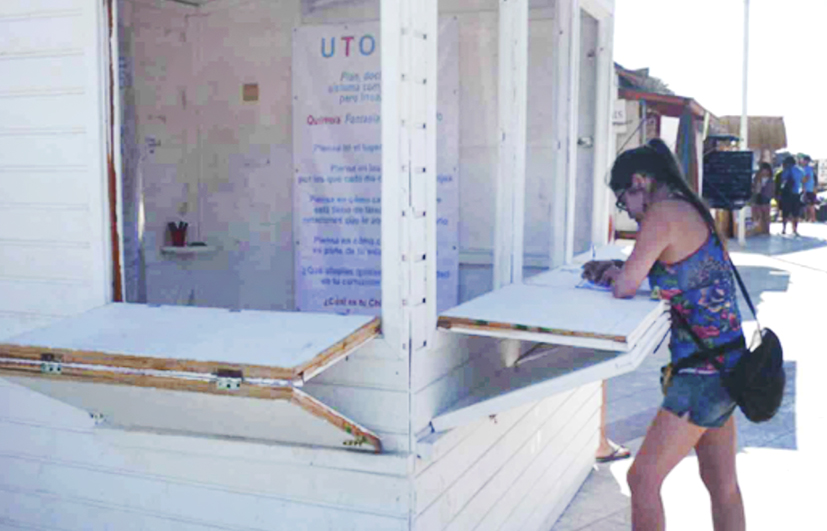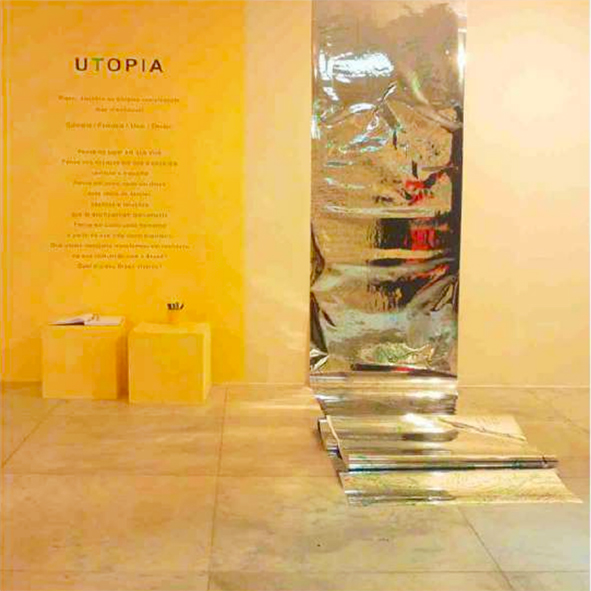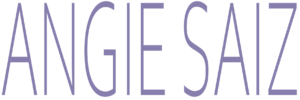PROYECTO UTOPÍA
2010|2011
“The truth of our condition is that the analogical tie which makes every
man another like myself is accessible to us only through a limited number of
imaginative practices, such as ideology and utopia”
Paul Ricoeur
.

This project was conducted between April 2010 and September 2011. It features a series of public interventions where viewers were asked about their utopias through photographic records and audio interviews. The passers-by of the several intervened public spots left rubrics on the mirror paper that were displayed, along with the project results, in a self curated final show entitled Paraquenuncamás.



The term utopia, derived from the Greek word outopos, refers to a place that does not exist, an unattainable ideal. In the 21st century, utopias challenged due to the absence of the desire for ‘the impossible dream’ and the optimism that ‘the future awaits us’. As a result, they lack interest and do not provide a place for us to manifest our dreams as a society. The absence of expression of this reality, specifically that of unattainable utopias (the nowhere), is precisely what makes it necessary to create instances in which they are publicly manifested through the individual. The project was proposed tautologically as a ‘possible solution’ to the lack of expression of our utopias and the need to share our aspirations. The artist aimed to expose the topic within the viewer’s daily environment through public intervention and project exhibitions. She also questions: What utopias exist within our communities today? Latin American communities are often diverse and contain multiple social realities. It is worth noting the geopolitical relationships that exist within these communities due to natural geographic conditions and socioeconomic segmentations. The question posed to the public will explore the concepts of belonging and loss by asking individuals to reflect on their personal identity.

The project was carried out in the communes of Recoleta, Providencia and downtown Santiago at Galería Callejera [Chile], Galería Kiosko La Curandera Artes Visuales [Bahía Inglesa, Atacama, Chile] and the Galería Marta Traba [Sao Paulo, Brazil]. The final show with the documentation pieces was part of the group exhibition Parquenuncamás, and curated by the artist at MAC, Museo de Arte Contemporáneo [Santiago, Chile].

